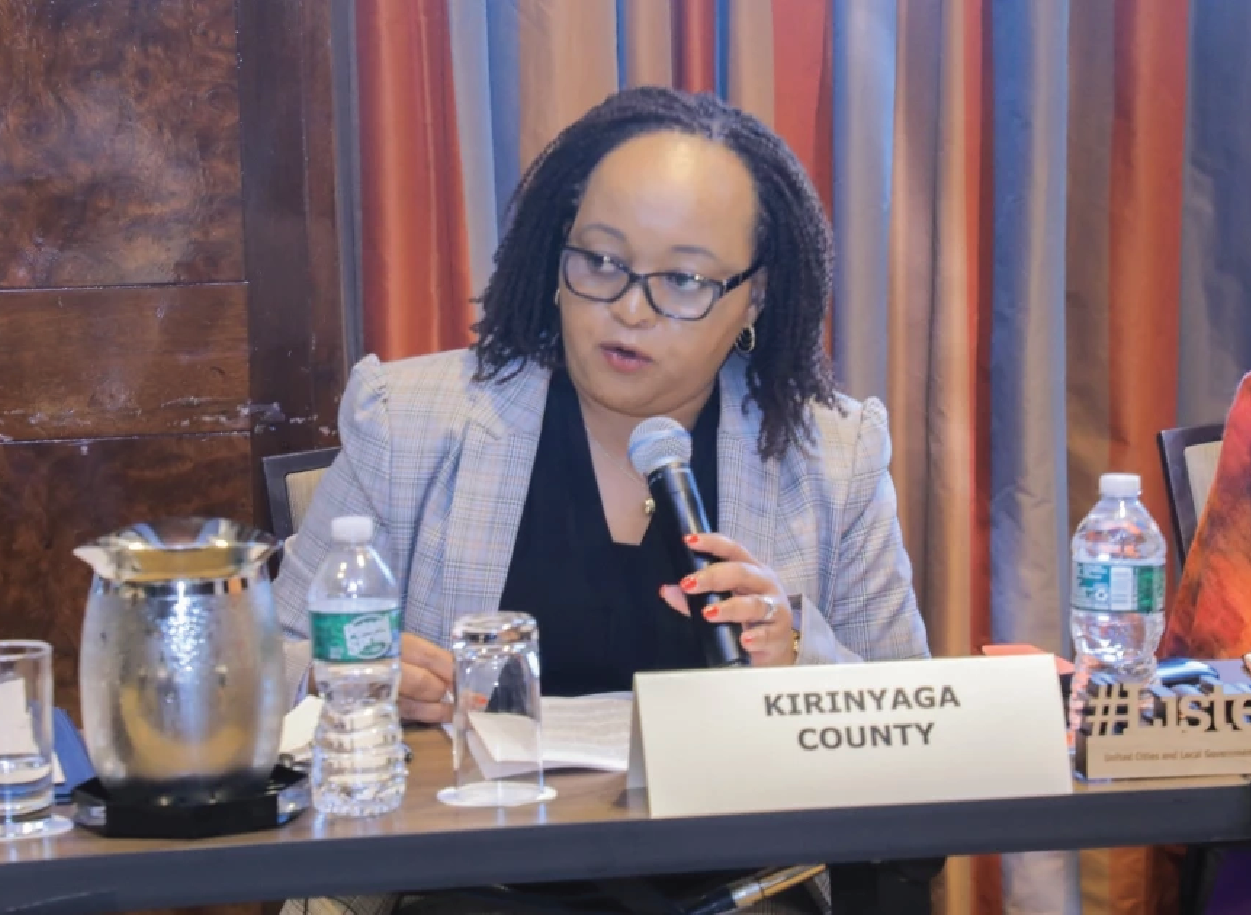Understanding Money Laundering – Money laundering, a complex and clandestine financial maneuver, has plagued the global economy for decades. Individuals or organizations disguise the origins of illegally obtained funds to make them appear legitimate in a process that facilitates the integration of “dirty money” into the legal financial system, allowing criminals to enjoy the profits of their crimes without attracting suspicion. In this article, we will delve into the intricacies of money laundering, the methods involved, countries notorious for financial crime, and the concerted efforts by governments and law enforcement agencies to combat this menace.
Money Laundering Process
Money laundering typically involves three stages: placement, layering, and integration.
- Placement: This initial stage involves introducing the illicit funds into the financial system. Activities such as depositing cash into banks, purchasing high-value assets, or using the money for gambling facilitate this.
- Layering: In this stage, the aim is to distance the funds from their illegal source. Complex transactions confuse authorities, involving the movement of funds through a series of accounts and financial instruments, making it challenging to trace the original source.
- Integration: The final stage is the incorporation of the “cleaned” funds back into the legitimate economy. This may involve investments in legal businesses, real estate, or other assets, effectively legitimizing the once-illicit funds.
Countries Involved and Methods Employed
Several countries have gained notoriety for being hotbeds of money laundering due to lax regulatory frameworks and weak enforcement. Offshore financial centers, such as the Cayman Islands, Panama, and the British Virgin Islands, have facilitated money laundering activities. Additionally, countries with political instability or large informal economies can become breeding grounds for financial crime.
Individuals involved in money laundering employ a variety of tactics to obfuscate their activities. These methods include shell companies, nominee directors, and complex legal structures to conceal the true ownership of assets. Cryptocurrencies have also emerged as favored tools for money launderers due to their pseudonymous nature and decentralized structure.
Government and Law Enforcement Measures
Governments and law enforcement agencies worldwide recognize the urgent need to combat money laundering. Various international organizations, such as the Financial Action Task Force (FATF), have been established to set global standards and promote cooperation among countries. National governments implement anti-money laundering (AML) and counter-terrorist financing (CTF) laws to strengthen their legal frameworks.
Key measures employed by governments and law enforcement to counter money laundering include:
- Enhanced Due Diligence (EDD): Financial institutions must conduct thorough due diligence on their customers, especially those with higher risks, to ensure transparency and traceability of transactions.
- Customer Identification and Reporting: Stringent customer identification procedures are implemented to deter anonymity, and financial institutions must report suspicious transactions to authorities.
- Cross-Border Cooperation: International collaboration is crucial in tackling money laundering. Governments share intelligence, coordinate investigations, and extradite individuals involved in financial crimes.
- Technological Solutions: Advanced technologies, such as artificial intelligence and blockchain analytics, aid in detecting patterns and anomalies in financial transactions, helping identify potential money laundering activities.
- Asset Forfeiture and Confiscation: Authorities have the power to freeze and seize assets believed to be linked to money laundering. This not only serves as a deterrent but also disrupts criminal networks.
Conclusion
Money laundering remains a persistent global challenge, posing a threat to the stability and integrity of financial systems worldwide. While countries vary in their susceptibility to money laundering activities, international cooperation and stringent regulatory measures are essential in combating this intricate web of financial crime. Governments and law enforcement agencies must remain vigilant, continually updating and reinforcing their strategies to stay one step ahead of those seeking to exploit the vulnerabilities in the financial system. Only through a united and concerted effort can the world hope to minimize the impact of money laundering and protect the integrity of the global economy. Did this help you in Understanding Money Laundering ?
Contact TrendBlend Hub
Website: – Click Here
WhatsApp | Call: +254 743 149 267 | + 254 738 352 258
Email Address: info@beseenlimited.com | sales@beseenlimited.com
Follow our IG: @TrendBlendHubKe





